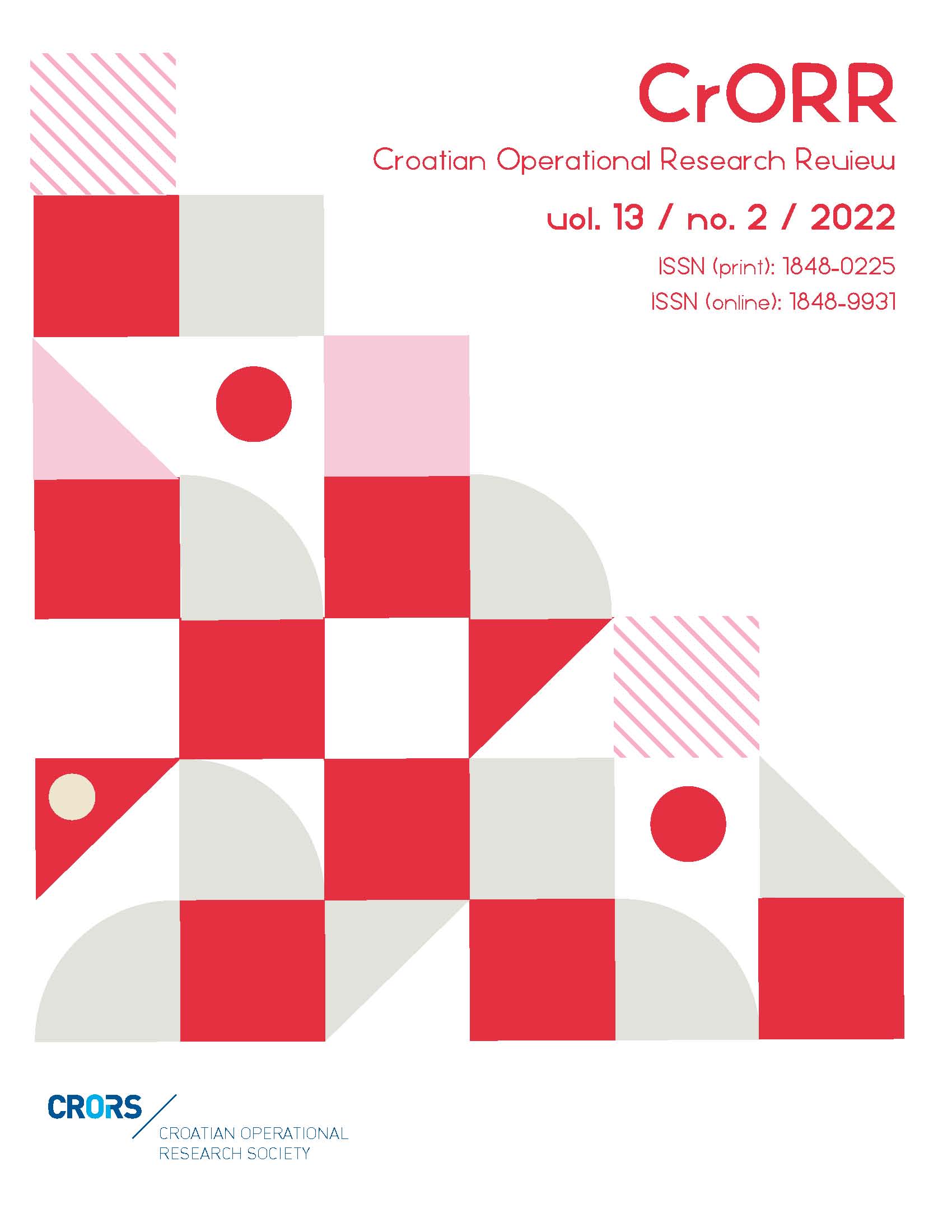PVAR model with collapsed instruments in the real exchange rates misalignment's analysis
Abstract
The causes and the consequences of the real exchange rates misalignment's of European Union (EU) members were examined in this paper by implementing stationary panel vector autoregression (PVAR) model with fixed effects. PVAR methodology was recognized as the most appropriate in line with data structure and the objectives of the research. For estimation purpose, the generalized method of moments (GMM) in first differences, with a reduced number of instruments, was applied. Primarily objective was to find whether a collapsed matrix of instruments helps in reducing the dynamic panel bias within the two--step estimation of PVAR model when employing the first difference GMM estimator. Even though, the benefits of collapsed instrument matrix have been documented in rare simulation studies, this paper empirically demonstrates it's utility considering balanced panel data. In that context, recommendations to potential users are given and supported by open source codes in the RStudio environment. Besides, auxiliary findings contribute to a better understanding of influential channels through which EU policy makers should reduce a real exchange rates misalignment's.
Downloads
Published
Issue
Section
License
- Authors retain copyright and grant the journal right of first publication with the work simultaneously licensed under a Creative Commons Attribution License that allows others to share the work with an acknowledgement of the work's authorship and initial publication in this journal
- Authors are able to enter into separate, additional contractual arrangements for the non-exclusive distribution of the journal's published version of the work (e.g., post it to an institutional repository or publish it in a book), with an acknowledgement of its initial publication in this journal.
- Authors are permitted and encouraged to post their work online (e.g., in institutional repositories or on their website) prior to and during the submission process, as it can lead to productive exchanges, as well as earlier and greater citation of published work (See The Effect of Open Access).


